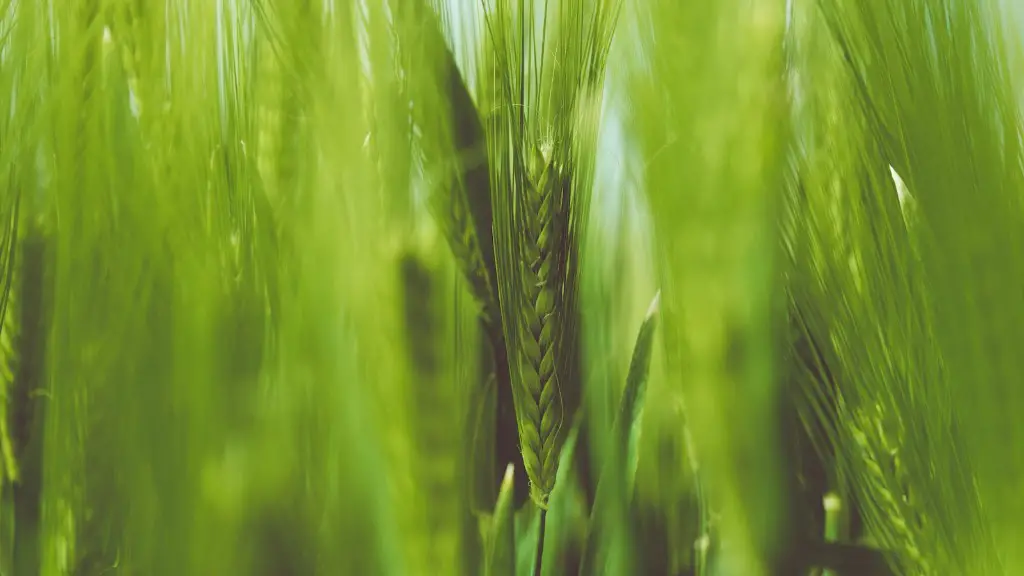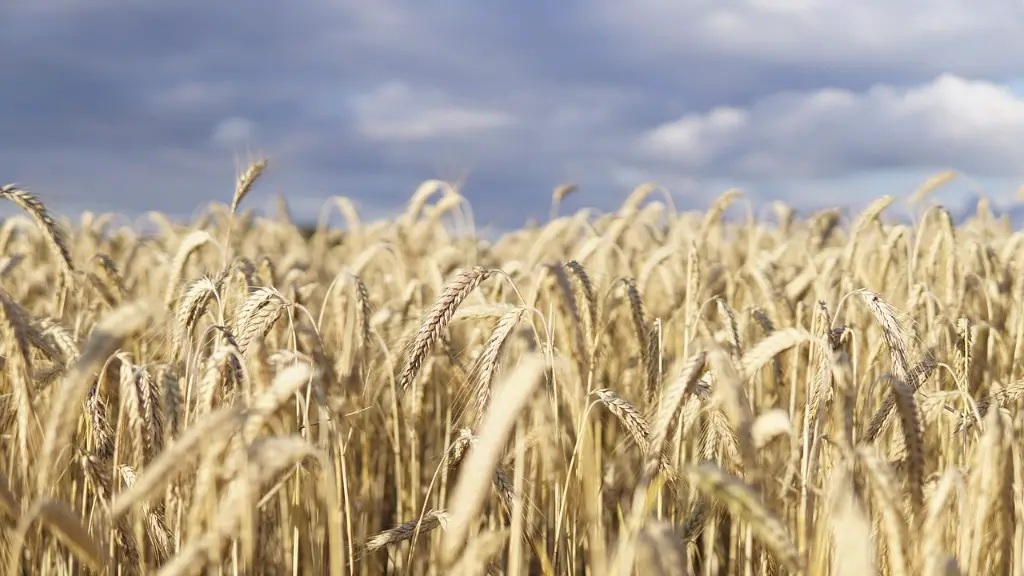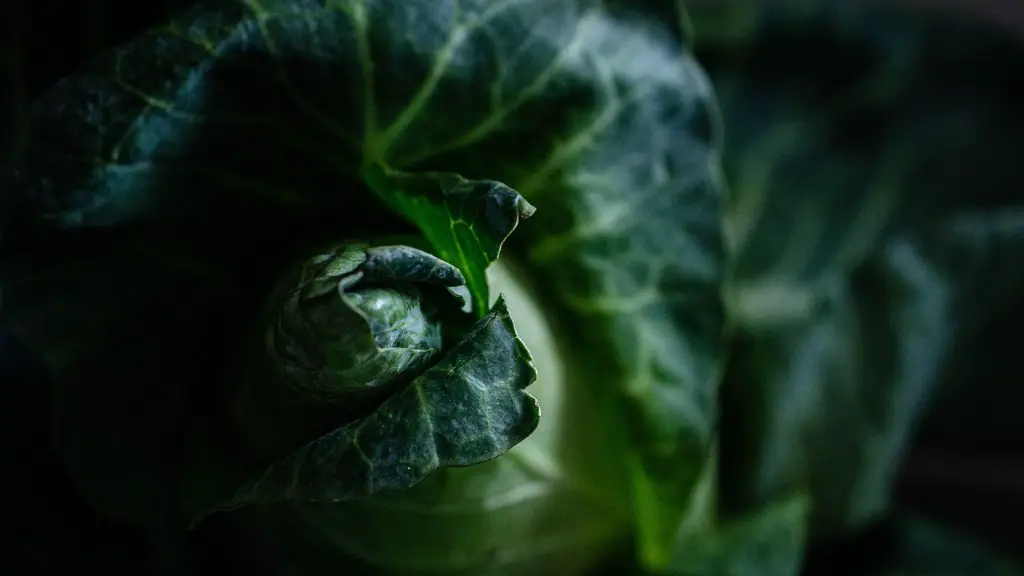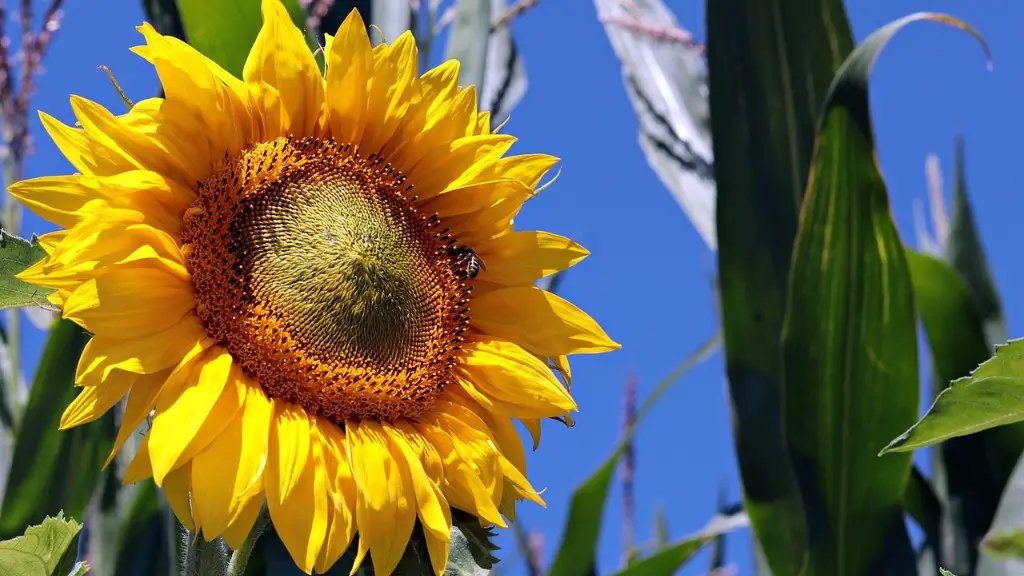How Genetic Diversity Helps in Agriculture
Undoubtedly, genetic diversity plays an important role in modern agriculture. When there is genetic diversity, crops are less vulnerable to the effects of pests, diseases and changing environmental conditions, resulting in improved yields and greater harvests. Furthermore, genetic diversity also supports a plentiful, nutritious and varied diet. This article seeks to recognize the many benefits of genetic diversity and how it can help in modern farming techniques.
Crossbreeding is a principal way in which genetic diversity can be enhanced, and it offers numerous benefits. For example, by crossbreeding, farmers can produce new varieties with greater heat and cold tolerance, as well as increased resistance to drought and diseases. In addition, crossbreeding is also beneficial in obtaining better taste and improved nutrition, ultimately improving the quality of food.
Hybridization is another way of increasing genetic diversity. This type of breeding involves crossing two different varieties of plants to create a new plant with desirable traits. Crossbreeding can produce plants with vigor and robustness, which can help a farmer to employ more efficient farming techniques, as well as reduce the cost of labor and fertilizer. In addition, hybridizing can also result in plants with higher yields, enhanced nutrition and better taste.
Genetic engineering is yet another way in which genetic diversity can be used to improve modern agriculture. Although controversial and not without risks, genetic engineering offers the opportunity to create plants with desirable characteristics impossible in conventional breeding. For instance, genetic engineering could be used to produce plants with enhanced nutrition, less susceptibility to harmful pests, and greater resistance to drought and adverse weather conditions.
Finally, modern agricultural technologies such as the effective use of fertilizers, pesticides, fertilizers and irrigation can also be used to increase genetic diversity. The use of these technologies in a judicious manner can help spread genetic diversity, increase productivity and improve the quality of food. Moreover, these technologies can also be employed to create new varieties of crops or to reduce poison or disease risk.
Importance Of Genetic Diversity
Genetic diversity is essential for the development of new varieties of crops, as well as for the conservation and improvement of existing ones. This is because it increases the range of variation in a population, enabling the selection of desired traits. As a result, it helps farmers to grow high-yielding, more nutritious and water-resistant crops, increasing productivity while reducing inputs and costs.
Furthermore, genetic diversity is essential for the conservation of biodiversity. By conserving the variety of genetic resources, farmers and researchers are able to study the characteristics of different varieties and use them to develop new varieties adapted to the changing environment. In addition, genetic diversity helps farmers to protect current varieties from climate change and diseases, as well as from pests and weeds.
Furthermore, genetic diversity helps to protect crops from diseases and provide stability to the crops. A wider range of diversity allows for quick selection of resistant varieties, thus increasing crop yields and reducing losses. This is of particular importance in developing countries, as it allows farmers to adapt new varieties to local conditions and produce higher yields.
Moreover, genetic diversity also helps farmers to increase genetic diversity within a species, which can increase their chances of adaptation to climate change. By guaranteeing genetic diversity within a species, farmers are able to select varieties adapted to different environmental conditions and increase their harvest.
Finally, genetic diversity provides numerous benefits to environment. By conserving the variety of genetic resources, farmers and researchers can avoid the environmental damage caused by inefficient cultivation, such as water pollution, soil degradation and decreased wildlife habitat.
Enhancing Genetic Diversity
Enhancing genetic diversity is essential for sustainable agriculture, as it helps to ensure productivity in the long-term. There are methods which can be employed to increase and enhance genetic diversity, such as maintaining traditional varieties of crops, introducing alien varieties through migration, or through the use of the latest technologies such as biotechnology and molecular genetics.
Maintaining existing varieties of crops is the most effective way of promoting genetic diversity. This can be achieved by working with local communities and conserving traditional varieties of crops, as these have been selected for adaptation through traditional methods. By conserving these varieties, farmers have access to an array of choices and can select the varieties best suited to their local environment.
In addition, introducing alien varieties through migration can help to enhance genetic diversity. For example, bringing in different varieties of crops from other parts of the world offers farmers access to a range of different traits and can help to increasecrop production, improve adaptation to the environment and increase yields.
Furthermore, the latest technologies such as biotechnology and molecular genetics can be used to further enhance genetic diversity. By using biotechnology, scientists can create transgenics, which are crops engineered with desirable traits, and by using molecular genetics, scientists can identify and transfer desirable characteristics between different varieties of crops.
Finally, there are other methods which can be used to increase genetic diversity, such as the use of pollinators, the selection of wild relatives of crops, and the introduction of novel varieties. All these strategies can be employed synergistically to maximize the benefits of genetic diversity and ensure sustainable agriculture.
Conserving Genetic Diversity
Conserving genetic diversity is essential for sustainable agriculture, as it offers numerous benefits, including the ability to adapt to changing environmental and climatic conditions, maintain nutritious and varied diets, and reduce disease risk. In order to conserve genetic diversity, effective methods must be employed.
One way of conserving genetic diversity is through the establishment of seed banks. These are facilities managed by governments and universities which store and conserve varieties of crops that are at risk of being lost. The use of these banks entails the collection, maintenance, storing and preservation of these varieties, thus providing an invaluable resource for the future.
Another way of preserving genetic diversity is through the use of gene pools. These are collections of genetic material which have been gathered from different varieties of plants, which can be used to maintain existing varieties and create new ones. The material stored in gene pools can be used to develop new varieties of plants suited to specific environmental conditions, thus conserving this valuable resource.
In addition, in-situ conservation is another important way of conserving genetic diversity. This involves the conservation of crop species in the place where they are grown, by farmers and local communities. This form of conservation is important as it helps to protect wild relatives of crops and maintains their genetic resources, while allowing traditional farmers to conserve their local varieties.
Furthermore, ex-situ conservation is another way of preserving genetic diversity. This involves the conservation of garden crops in specialized facilities, such as botanical gardens, gene banks and arboreta. This type of conservation is especially valuable for rare and endangered species, as well as for crops that are no longer grown commercially.
Finally, conserving genetic diversity also involves the use of traditional farming methods. By conserving traditional agricultural practices, farmers can maintain existing varieties and their traits. Traditional farming methods also help to maintain the genetic resources within communities, thus providing a valuable resource for the future.
Impacts Of Genetic Diversity
The impacts of genetic diversity are far-reaching, with numerous benefits for the environment, economies and societies. For example, genetic diversity enables the selection of desirable traits, which in turn helps to produce higher-yielding, more nutritious and adaptive crops, as well as offering more resistant varieties.
In addition, conserving genetic diversity helps to protect crops from climate change, diseases, pests and weeds. This enhances crop safety and increases crop yields, helping farmers to meet the demands of growing global populations while improving the quality of their food.
Moreover, genetic diversity offers other economic benefits, such as improved environmental conservation, which helps to reduce water pollution, soil erosion and deforestation. In addition, conserving genetic diversity helps to maintain local varieties of crops, providing greater opportunities for farmers to sell their products.
Furthermore, genetic diversity helps to preserve the genetic heritage of indigenous and local populations, as well as of plants. Because of this, the next generation of farmers will continue to have access to an array of genetic resources and can develop new varieties adapted to their local conditions.
Finally, genetic diversity also provides numerous benefits for society. By conserving genetic diversity, farmers have access to an array of desirable traits, empowering them to improve crop yields and increase their economic opportunities, while also benefiting their local communities and preserving their cultural heritage.





